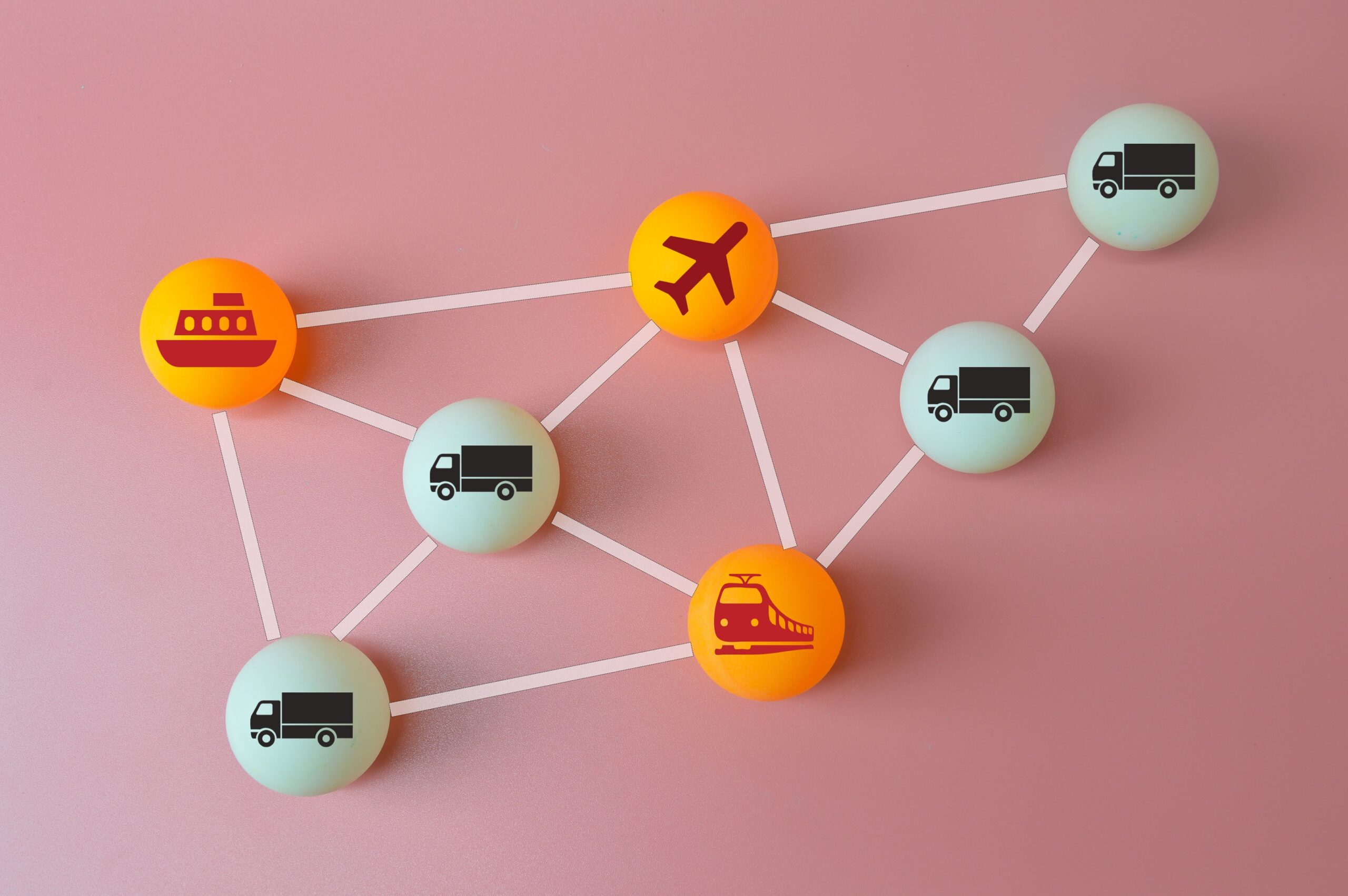
How VR (Virtual Reality) is driving the Supply chain and Logistics

FoxERP
The world has changed, and so have the ways of doing business. With the rise in emerging technologies such as AI, IoT, RPA, and Blockchain, companies are shifting to all-new ways of doing business.
Like other sectors such as Healthcare, Consumer Goods, Manufacturing, Agriculture, Education, Supply Chain and Logistics are also shifting to an all-new way of doing business, streamlining Logistics processes with VR.
Virtual Reality, VR, as they call it, refers to a computer-generated environment that utilizes scenes and objects that appear real, immersing the user in the reality of their surroundings.
Accessing this virtual environment as a reality without even being present in real-life scenarios is perceived through a Virtual Reality headset or helmet, which lets users access virtual reality in non-virtual ways.
VR has shown a massive surge in the last five years. Since the COVID-19 pandemic happened, it has doubled its revenues in remarkable ways in terms of both capabilities and use of VR devices, allowing the technologies to make the shift primarily from hard-core gamers to machines with more widespread adoption and applications in terms of both consumers and enterprises predicting the that the adoption of mid-to-high-end VR headsets will be USD 22 million by 2025, increasing substantially from today’s market of approximately USD 17 million.
Furthermore, the challenges in implementing VR are manageable and the good news is that VR is seeing tremendous applications for Supply Chain and Logistics utilizing the technology that holds massive potential in the future.
Virtual Reality and Supply Chain
VR holds a massive potential to transform the supply chain and logistics industry with its unique applications and ability to navigate the challenges supply chain players face every now and then.
One of the massive advancements VR has shown in Supply chain and logistics includes the applications of VR in data capturing and visualization capabilities of VR, which transforms the supply chain from product development to the end customers allowing the supply chain companies to leverage interactive 3D data visualization, which on the other hand is not possible using 2D screens and assist with complex decision making.
Another massive application of VR in Supply Chain and Logistics includes the use of VR devices to facilitate analysis and rapid decision making addressing serious pain points within and across organizations, making supply chain companies gain the benefits of what VR brings to the table, both in terms of revenue generation, and streamlining supply chain companies with their business operations and processes.
The potential is endless, with VR transforming the supply chain industry in ways we have not envisaged so far.
While it ensures a hassle-free application of business processes, it has created more demand for global supply chain models, enabling organizations to become more resilient, efficient, and collaborative than ever before.
Another major turnaround and plethora of benefits that VR brings to the supply chain players include investment in employee training and especially with programs that use future learning technologies, including virtual reality (VR), for the supply chain and logistics performance of the organizations.
Most supply chain and logistics organizations have recently adopted VR and seen unexpected results. A clear view of VR will drive the most value in the supply chain by enabling real-time business scenarios and allowing the technology to pay for itself in the long run.
Conclusion
Organizations in supply chain sectors have witnessed major breakthroughs using VR and have significantly impacted the supply chain players in terms of improved revenue generation, a surge in efficiency, and increased productivity.
VR holds massive potential for a promising future for Supply chain and logistics players, which will get better in the coming days.
Recent Posts

FoxERP
Unleashing the Power of ERP Cloud Migration: Benefits, Challenges, and Options
In the contemporary business landscape, Enterprise Resource Planning (ERP) systems play a pivotal role in driving operational efficiency and facilitating strategic decision-making. With the rapid evolution of cloud technology, organizations are increasingly exploring the option of migrating their ERP systems to the cloud to unlock a plethora of benefits and drive digital transformation.

FoxERP
The ERP Revolution: Navigating Enterprise ERP System Challenges
Enterprise Resource Planning solutions can be a lifesaver for businesses. It enables you to automate all your day-to-day business processes in a centralized and streamlined platform. Today, most business organizations implement ERP solutions like FOX ERP to improve business operations, boost data security and data quality, automate workflows, and enhance customer service.

FoxERP
Unlocking Organizational Success by Embracing the Strategic Roadmap to ERP Implementation
Do you know? The global ERP software market is expected to reach a staggering $78.40 bn by 2026, growing at a CAGR of 10.2%. The global ERP software market is estimated to take over 40% of the market share by 2025.



